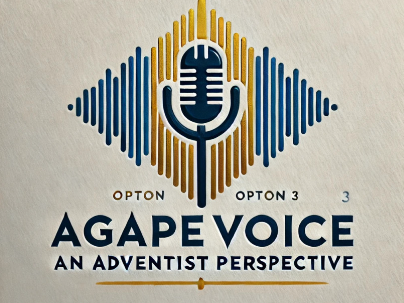
The Underreported Dark Tales of the Bible
Often viewed as a sacred text of hope and morality, the Bible is also home to a plethora of harrowing stories, some bordering on horror. These "terror tales" challenge our understanding of faith and morality. They pose difficult questions and compel believers to confront the troubling elements embedded in their spiritual heritage.
In-Depth Exploration of Biblical Horror Stories
While many believers are familiar with the comforting narratives in the Bible, the horrifying ones are not always given the same attention. Take, for instance, the tale of God instructing Abraham to sacrifice his son Isaac. What moral framework allows for such a request? This story, while often interpreted as a demonstration of faith, also unearths deeper anxieties about divine command and obedience.
Another shocking example is the flood narrative where humanity was wiped out, with only Noah’s family spared. Beyond the surface, is this account a reflection of God’s judgment, or a demonstration of the limits of divine patience? Questions like these force us to grapple with the uncomfortable aspects of faith, reminding us that even in scriptural narrative, darkness exists.
A Historical Context: The Canon Within the Canon
Understanding the term ‘megascripts,’ which refers to selected scriptures that dominate the narrative experience, sheds light on how certain parts of the Bible are often elevated above others. This phenomenon can lead to a skewed perspective of biblical teachings, where the messages of terror are often deemed unfavorable and thus, excluded from modern discussions in faith communities. By examining these 'stories of terror,' we open dialogues about themes of justice, mercy, and divine retribution that are vital for the contemporary believer.
Social Connections: The Relevance of Neglected Stories
The stories that are often excluded from mainstream biblical discourse serve as critical reflection points for the faithful. For members of the Seventh-day Adventist faith community, engaging with these narratives is essential in fostering a more nuanced understanding of scripture. Instead of filtering out these harsh stories, acknowledging them allows for a fuller grasp of God’s authentic character, as depicted across multiple human experiences.
These narratives also resonate with the experience of fear and trauma in our current societal context. Linking biblical horror with present-day experiences enables congregations to provide support and spiritual guidance to those grappling with real-world issues that echo the devastation depicted in scripture.
Unpacking Common Misconceptions About Biblical Stories
Commonly, believers may feel a sense of fear or confusion when faced with the dark tales of scripture. Misconceptions abound—like the notion that terror stories imply a capricious God. However, understanding them requires a more sophisticated theological approach. By exploring these narratives through the lens of historical context and societal issues, believers can garner practical insights that challenge simplistic interpretations.
This leads us to appreciate that Scripture represents a complex dialogue on humanity's plight and divine reality, rather than mere moral platitudes. The dichotomy between good and evil is deeply embedded in each of these accounts and deserves an honest engagement.
Looking Ahead: Future Trends in Biblical Interpretation
As society evolves, so too might the approach to interpreting biblical narratives. Increasingly, congregations are recognizing the importance of not just emphasizing love and salvation, but also wrestling with harsher realities presented in biblical stories. This represents an opportunity to open more inclusive discussions around difficult themes.
Future sermons could integrate the lessons from the Bible’s horror stories, translating them into applicable scenarios for modern life. Congregants can be encouraged to reflect on their personal struggles through the dark themes found in these narratives, inspiring healing and resilience rather than judgment and avoidance.
In this evolving landscape, the church has a crucial role in equipping its members to confront, reflect, and ultimately, reconcile these darker aspects of faith with their everyday lived experiences.
Your Voice: The Local Impact of Biblical Narratives
For members of the SDA community, it becomes imperative to articulate clearly how the narratives of terror influence not just personal faith journeys, but also the collective mission of the church. Engaging with these stories invites community participation and combats the isolation often felt in wrestling with fear or doubt.
By inviting discussion and reflection on these narratives, churches can transform fear into knowledge, hesitance into confidence, creating a nurturing environment that affirms every facet of their mutual faith.
Conclusion: Embracing the Complexity of Faith
As we conclude our exploration of unexplored biblical terror stories, it’s crucial to acknowledge their role in shaping a robust spiritual narrative. The challenge lies not only in recognizing these tales but also in integrating them into the life of the church. By enhancing discussions on these topics, congregations can actively embrace the complexities of faith that mirror the realities of a diverse congregation. This engagement encourages an authentic relationship with scripture and deepens understanding within the community.
 Add Row
Add Row  Add
Add 




 Add Row
Add Row  Add
Add 


Write A Comment